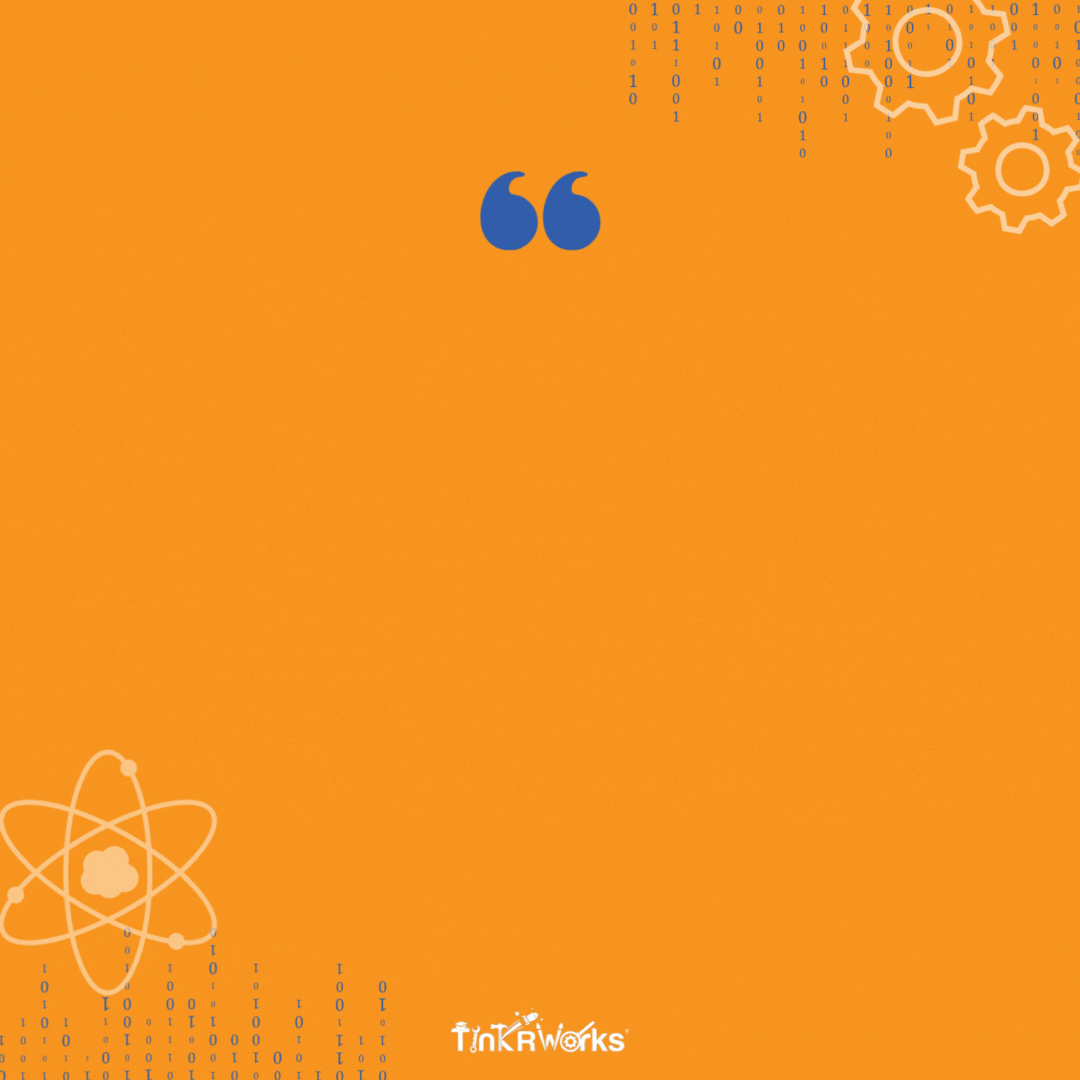For decades, the gender gap in STEM (science, technology, engineering, and math) has persisted, with girls and women vastly underrepresented in these fields despite showing equal aptitude. From an early age, girls express less interest in STEM careers, a trend that follows them into higher education and the workforce. According to a 2009 poll by the American Society for Quality, only 5% of girls between the ages of 8 and 17 expressed interest in pursuing a career in engineering, compared to 24% of boys. This is further highlighted by another poll where 74% of college-bound boys ages 13–17 said that computer science or computing would be a good college major for them, compared to just 32% of girls.
These numbers reflect a broader cultural issue: girls often feel discouraged from pursuing STEM fields due to a lack of representation, societal stereotypes, and self-doubt in their abilities. Even when girls excel in subjects like math and science, they are less likely than boys to see themselves as future engineers, scientists, or technologists. This challenge underscores the importance of fostering a supportive environment that encourages girls to not only explore STEM fields but to believe in their ability to succeed.
Understanding the Gap for Girls in STEM
Although there’s been progress in encouraging more girls to explore STEM, a significant gap remains. In K-12 education, girls and boys take math and science courses in nearly equal numbers, yet by college, the number of women pursuing STEM majors plummets. For example, women earn only 20% of bachelor’s degrees in fields like physics, engineering, and computer science. This gap widens even more at the graduate level and in the workforce, where women remain significantly underrepresented.
One contributing factor is self-assessment. Research shows that girls often underestimate their abilities in math and science compared to boys, even when their academic achievements are similar. This perception can lead to lower confidence in STEM subjects and a reluctance to pursue these fields professionally. As educators, it’s crucial to challenge these limiting beliefs and help girls recognize their potential in STEM.

Why It’s Important to Engage Girls in STEM Early
Engaging girls in STEAM from a young age is crucial for building their confidence and interest in these fields. Research shows that the gender gap in confidence in STEM subjects begins in middle school and grows throughout high school and college. By the time students reach higher education, women are significantly underrepresented in most STEM majors. This gap is even wider in certain fields, such as computer science and engineering, where women make up only a small fraction of the workforce.
One of the most effective ways to engage girls in STEAM is to foster a “growth mindset”—the belief that intelligence can be developed through effort and learning. Carol Dweck’s research on growth mindset has shown that when girls believe they can improve their skills through hard work, they are more likely to persist in challenging subjects like math and science. This mindset is particularly important in countering the effects of societal stereotypes that suggest girls are less capable in STEM fields.
In addition to fostering a growth mindset, it is essential to provide girls with opportunities to engage in hands-on learning in STEM. Activities such as coding clubs, robotics teams, and makerspaces allow girls to explore STEM concepts in a practical and engaging way, helping them develop the skills and confidence needed to succeed in these fields. These experiences also help girls see the real-world applications of STEM and understand how their work can make a difference.

